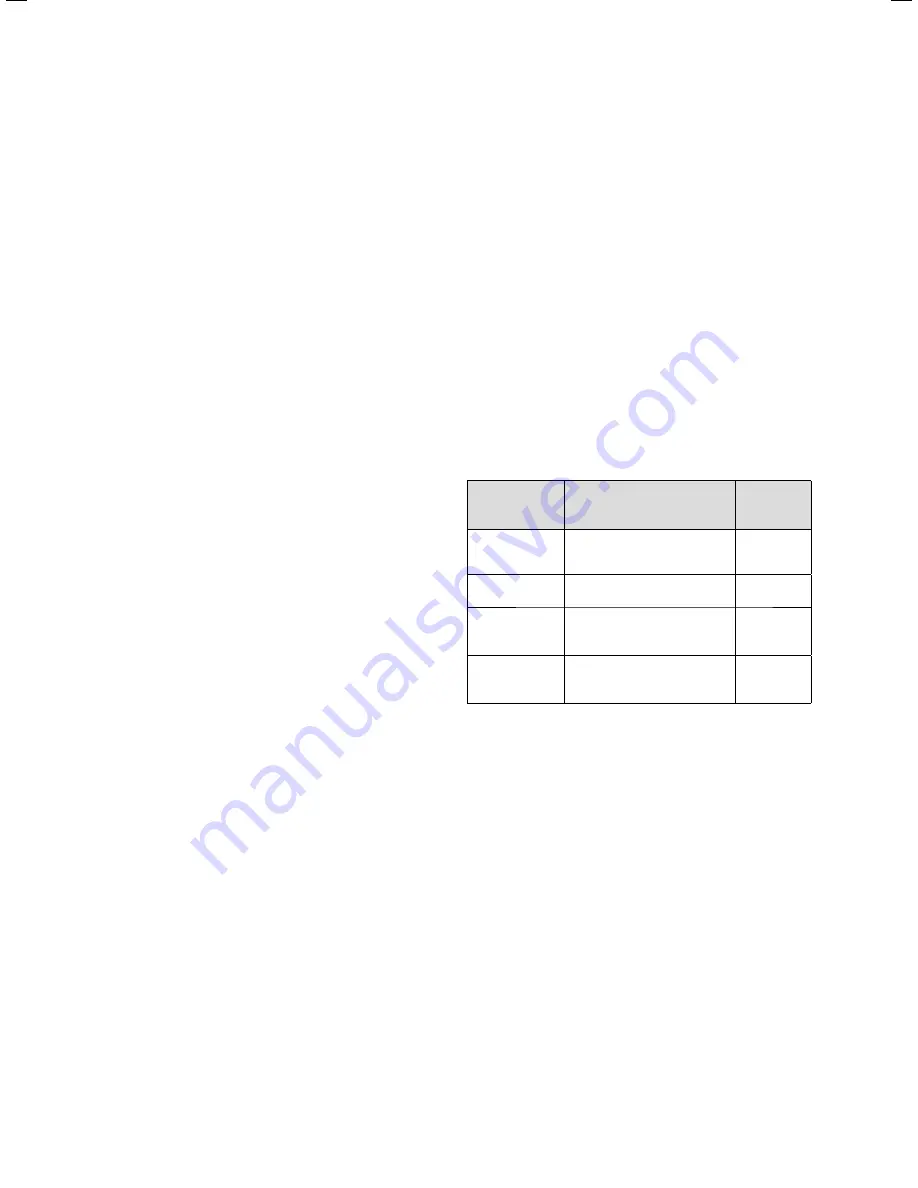
Adapting the appliance to the heating system
Installation instructions geoTHERM 0020051574_04
73
9
9.4.2
Energy balance control
(hydraulics diagram 1 or 3)
When you have installed a heating system according to the
hydraulics diagram examples for hydraulics diagram 1 or 3
(
¬
Ch. 5.1
and
¬
Ch. 5.3
)
the controller performs an energy
balance adjustment.
For economical and fault-free operation of a heat pump, it
is important to regiment the starting of the compressor.
The start-up of the compressor is the point at which the
highest loading on the power mains occurs. With the help of
the energy balance controller it is possible to minimise
starts of the heat pump without compromising the comfort
of a pleasant room atmosphere.
As with other weather-controlled heating controllers, the
controller determines a supply set target temperature by
capturing the outside temperature by means of a heating
curve. The energy balance is calculated on the basis of this
flow actual temperature and the flow target temperature,
and the difference is measured every minute and added:
1 degree minute [°min] = 1 K temperature difference in the
course of 1 minute
For a given heat deficiency (freely selectable in the control-
ler (
Menu C2
) (
¬
Tab. 9.6
)
“Compr. start off”), the heat
pump starts and does not switch off again until the amount
of heat supplied is equal to the heat deficiency.
The larger the preset negative numerical value is, the
longer the periods for which the compressor is kept running
or at standstill.
i
If you have connected a VR 90 remote control
unit, you must not configure it as a thermostat
controller, otherwise the benefits of energy bal-
ancing will be lost.
9.4.3
Flow target temperature control
(hydraulics diagram 2, 4 or 10)
If you have installed a heating system according to the
hydraulics diagram example
for hydraulics diagram 2, 4 or 10
(
¬
Ch.
5.2
,
5.4
and
5.5
)
,
the controller performs a flow tar-
get temperature adjustment.
The buffer tank is controlled depending on the supply set
target temperature. The heat pump heats when the tempera-
ture of the VF1 flow temperature sensor of the buffer tank is
lower than the target temperature. It heats for as long as it
takes the return temperature sensor RF1 of the buffer tank to
reach the target temperature plus 2 K.
9.5 Controller
structure
The
basic display
can be seen as a
graphics display
. This
is the starting point for all available menus.
Controller operation is described in detail in the
¬ operat-
ing instructions
.
If, when setting values, you do not activate any adjuster for
15 minutes, the basic display will automatically reappear.
The controller structure has three levels:
The
operator level
is intended for the operator (
¬ operat-
ing instructions
).
The
code level
(heating engineer level) is reserved for heat-
ing engineers and is protected against accidental adjust-
ment by means of a code input.
If no code is entered, i.e. the code level is not enabled,
although the following parameters can be displayed in the
individual menus, it is not possible to amend values.
The menus are divided into four areas:
Menu areas
Description
Description
in section
C 1 to C11
Setting parameters of the heat
pump functions for heating cir-
cuits
9.7.1
D1 to D5
Operate and test the heat
pump in diagnosis mode
9.7.2
I1 to I5
Call up information on the heat
pump settings
9.7.3
A1 to A10
Call up the wizard for installing
the heat pump
9.7.4
9.3 Menu areas
The third level contains functions for optimising the heating
installation and can be set by heating engineers only via
vrDIALOG 810/2
and vrnetDIALOG 840/2 and 860/2
.
















































